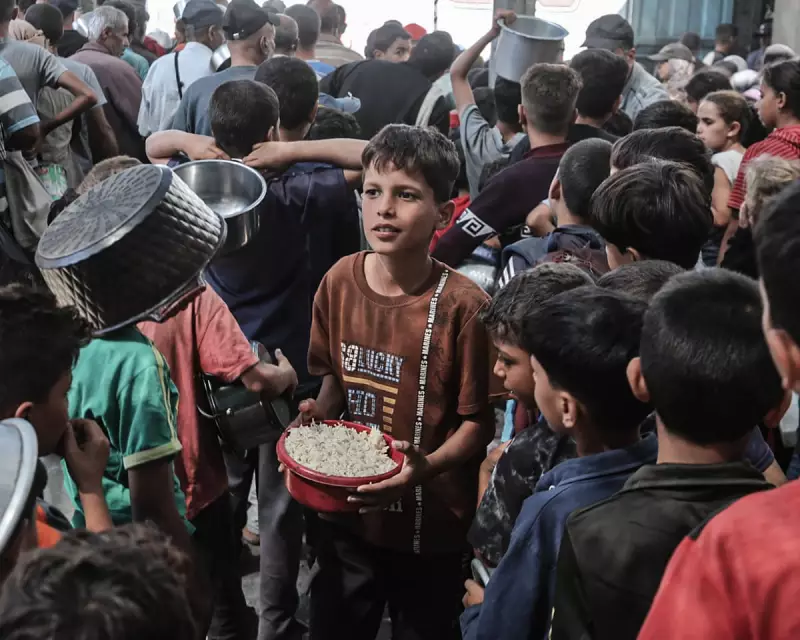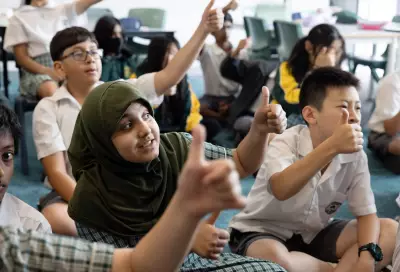
The haunting images of Gaza's children that once symbolised the urgent need for a ceasefire have now been replaced by something even more devastating: the silent struggle for basic survival. Where young voices once called for an end to bombing, they now face a different, slower emergency - the desperate need for food, clean water, and medical care that simply isn't reaching them.
A Crisis Evolving Into Catastrophe
The temporary pauses in fighting that offered brief respite have given way to a deepening humanitarian disaster. Aid organisations report that essential supplies are trickling in at a fraction of what's required, leaving millions, including an estimated one million children, facing severe shortages.
"We've moved from emergency response to catastrophe management," reports one aid worker on the ground. "The infrastructure that should be delivering life-saving assistance has been decimated, and the consequences for children are becoming increasingly irreversible."
The Human Cost of Collapsed Systems
The statistics paint a grim picture, but they fail to capture the daily reality for families in Gaza:
- Medical facilities report dramatic increases in malnutrition cases among children
- Clean water has become a scarce commodity, raising disease risks
- Existing health conditions are going untreated due to destroyed clinics
- The psychological trauma on an entire generation continues to deepen
International Response Under Scrutiny
World leaders and humanitarian organisations face growing criticism over the failure to establish reliable aid corridors. Despite numerous resolutions and commitments, the gap between promises and delivery remains vast.
Recent attempts to coordinate aid distribution have been hampered by ongoing hostilities, logistical nightmares, and bureaucratic obstacles. The result is that warehouses remain full while children go hungry just miles away.
A Race Against Time
Humanitarian workers describe the situation as a race against the clock. Every day without adequate food and medical supplies has long-term consequences for Gaza's children, both physically and psychologically.
As one doctor working in a makeshift clinic noted, "We're not just treating wounds from explosions anymore. We're seeing the slow-motion collapse of an entire population's health, and the children will bear the scars for decades."
The international community now faces a critical test: whether it can transform urgent appeals into meaningful action before Gaza loses another generation to circumstances beyond their control.





